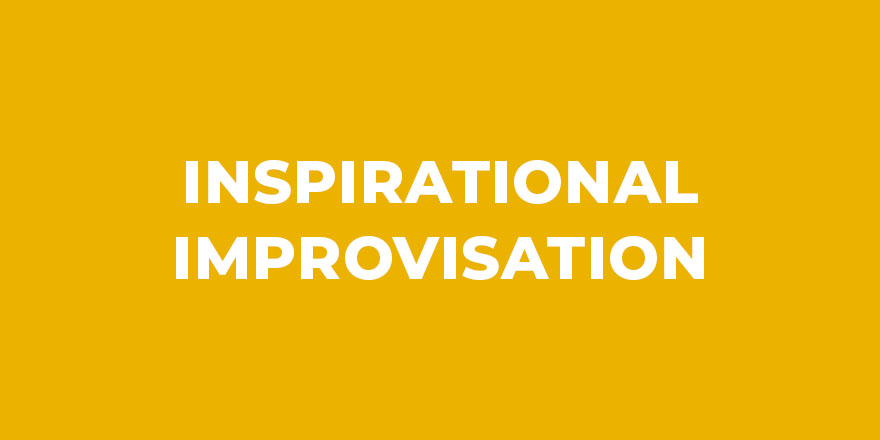Course Description
Are you a church pianist who wants to learn how to play better? Church pianists will learn skills such as arranging beautiful solos for offertories, appropriately accompanying the congregation or a soloist, and playing quiet background music during reflective moments in a service.
You may have already had some lessons to learn these important skills. It’s possible you may have become frustrated with the process. Don’t feel too bad because the traditional way that church music improvisation is taught is ineffective.
A New Approach to Teaching Church Music Improvisation
Greg Howlett knows how frustrating learning improvisation can be. As a student of church music for almost thirty years, he understands the weaknesses in how this skill is usually taught.
Here is the way it usually works. The teacher (a competent church pianist) plays a song on the piano while you watch over their shoulder. As they play, they point out technical things that they are doing, like chord substitutions, patterns, etc. At the end of the song, they tell you to go off and do it yourself. Later, you sit down at the piano but realize that you don’t remember what they did. And you certainly don’t understand why they did it!
Sound familiar?
Greg uses a totally different approach in Inspirational Improvisation. Rather than working through songs, he works through nine important concepts. Each lesson thoroughly discusses why and how a specific concept works. After the concept is applied to a song, a homework assignment is given to help students apply that concept to songs they pick out for themselves.
The goal of this course is not to get you to a point where you can play a few songs well. The goal is to give you nine concrete concepts that you will learn well enough to apply to any song you wish without even stopping to think.
Here are the nine concepts:
- Understanding foundational chords and function (recognizing the six common chords used in all church music) Video explanation
- Adding 7ths (changing boring three-note triads into four-note chords) Video explanation
- Minor chord substitutions (easy chord substitutions that will dramatically improve your sound) Video explanation
- Adding color notes (implementing 9ths, 11ths, 13ths) Video explanation
- Voicing (how to play the notes in a chord on the piano in a way that sounds sophisticated) Video explanation
- Step progressions (how to replace entire chord progressions in a song with your own harmony) Video explanation
- Technical treatments (easy things you can do to make your music more interesting) Video explanation
- Hooks (developing themes that can be incorporated throughout your music to tie it together and make it unforgettable) Video explanation
- Feeling (how to add emotional content to your music) Video explanation
Suggested Prerequisites
We suggest that you know the following to be able to understand this course:
- How to read music (general basics such as naming notes, counting, key signatures, etc.).
- Basic theory. You need to know how to play a major scale. Ideally, you can build simple chords such as major and minor triads. If you need help in this area, consider purchasing Theory for Church Pianists.
- How to identify chords and chart a song. You should be able to work through a typical song in the hymnal and write in the chords you see. If you need help in this area, consider purchasing the course How to Chart a Song.
You must log in to submit a review.

